Gem Profile- Fordite
Automotive paint is one of those small things that is taken for granted, yet we tend to choose a vehicle based on the color of the paint even more than the color of the upholstery! When Henry Ford first started rolling his products off the assembly line, he was asked what colors the vehicles came in. He replied, "Any color you want, as long as it's black!" The painting process at this time was very time-consuming and tedious taking several days to paint, with a brush, each layer of black lacquer and allow it to dry. The workers at Ford Motors would rub the entire chassis down with pumice between each layer as well. This process often caused a bottle neck at the factory and slowed production. There had to be a better way.
Enter the DuPont Company
In 1924, DuPont, in conjunction with General Motors, developed a nitrocellulose paint lacquer that dried fast and came in several colors, the most popular of which was blue. They also developed a sprayer for the paint virtually eliminating the brushing process for painting. This was still an air-dried lacquer, but it was a faster process and sped up production at the factory. New paint came in the 1930s that was enamel instead of lacquer and it was baked on the the car's frame. This paint lasted longer and retained its shine better over time. The automobile was mounted on an assembly stand and pulled into the painting room, sprayed by a person and baked in place, then pulled down the line for further assembly. The paint overspray on the walls and assembly stands would also be baked in place, making a very hard, thick product.
Red Heart Fordite Pendant by Joan Madouse in sterling silver-filled wire and Red Fordite pendant wire wrapped in silver-filled wire by Joan Madouse
In 1924, DuPont, in conjunction with General Motors, developed a nitrocellulose paint lacquer that dried fast and came in several colors, the most popular of which was blue. They also developed a sprayer for the paint virtually eliminating the brushing process for painting. This was still an air-dried lacquer, but it was a faster process and sped up production at the factory. New paint came in the 1930s that was enamel instead of lacquer and it was baked on the the car's frame. This paint lasted longer and retained its shine better over time. The automobile was mounted on an assembly stand and pulled into the painting room, sprayed by a person and baked in place, then pulled down the line for further assembly. The paint overspray on the walls and assembly stands would also be baked in place, making a very hard, thick product.
Red Heart Fordite Pendant by Joan Madouse in sterling silver-filled wire and Red Fordite pendant wire wrapped in silver-filled wire by Joan Madouse


Over time, the layers of paint would build up and make it difficult to pull the car chassis through the painting process and the workers would chip the paint off the metal sleds and walls. In the 1960s and 70s, acrylic paint was introduced that was more durable and weather-resistant than the enamel being used at the time, creating a buildup of vibrant colors in defined layers on the overspray. Workers noticed this material building up, and they would clear it away and take it home, forming it into shapes. Voila...Fordite, or Motor Agate, was born!
These Fordite cabochons are courtesy of Becky House.
These Fordite cabochons are courtesy of Becky House.

About Fordite
Fordite is not really a gemstone, but the buildup of layer upon layer of acrylic enamel paint that has been baked over and over again, making it very hard and durable.
This purple, black, and white Fordite cabochon almost looks like birds-eye rhyolite, with the many small eyes! Wrapped by Joan Madouse.
Fordite is not really a gemstone, but the buildup of layer upon layer of acrylic enamel paint that has been baked over and over again, making it very hard and durable.
This purple, black, and white Fordite cabochon almost looks like birds-eye rhyolite, with the many small eyes! Wrapped by Joan Madouse.

The lapidary process for Fordite is similar to other stones, though care does need to be taken since it is in such defined layers and may have hairline cracks from the removal process at the factory. I couldn't find any information about the hardness on Mohs scale, but it is a medium-hard material with some earlier specimens being a little softer due to the composition of the paint. That's recycling!
Lee Zimmerman kindly allowed us to show you this image of Fordite rough, one that he has used to cut cabs from.
Lee Zimmerman kindly allowed us to show you this image of Fordite rough, one that he has used to cut cabs from.

You may be wondering as to the lead content and safety of the paint. The paint is an acrylic material that does contain lead. Lead is absorbed into our bodies through breathing, our mucus membranes, ingestion, and occasionally through cuts or scrapes. However, inorganic lead that is contained in paint is not easily absorbed through our skin, even through a cut or scrape, so unless you are going to eat it, there is really no danger in wearing a piece of Fordite.
There are several different types of Fordite some having separated colors and regular banding with a primer layer in between while other are color on color with metallics and limited color ranges. Add in the color from drips and swirls most likely from the walls and floor of the painting rooms, and you have very neat patterns.
Joan Madouse wrapped this blue Fordite diamond-shaped pendant in sterling silver-filled wire. It could nearly have a bit of druzy in the middle!
There are several different types of Fordite some having separated colors and regular banding with a primer layer in between while other are color on color with metallics and limited color ranges. Add in the color from drips and swirls most likely from the walls and floor of the painting rooms, and you have very neat patterns.
Joan Madouse wrapped this blue Fordite diamond-shaped pendant in sterling silver-filled wire. It could nearly have a bit of druzy in the middle!

Where is Fordite from?
Fordite also comes from several different places. Great Britain has some beautiful specimens that not only have the opaque colors, but metallic and transparency to some of the layers too. Detroit Fordite, although not necessarily from Detroit, is American in origin and usually has a gray primer layer between the vibrant colors. Ohio Fordite is another American original and comes from the factories that painted vans, so the colors can be earth-tones of green and brown or the more vibrant colors of the 70s with yellow, orange and bright blues.
Pictured:
Wavy Fordite Pendant by Joan Madouse in silver-filled wire and a Fordite piece, wrapped by Joan Madouse, almost looks like it could be a thunder egg!
Fordite also comes from several different places. Great Britain has some beautiful specimens that not only have the opaque colors, but metallic and transparency to some of the layers too. Detroit Fordite, although not necessarily from Detroit, is American in origin and usually has a gray primer layer between the vibrant colors. Ohio Fordite is another American original and comes from the factories that painted vans, so the colors can be earth-tones of green and brown or the more vibrant colors of the 70s with yellow, orange and bright blues.
Pictured:
Wavy Fordite Pendant by Joan Madouse in silver-filled wire and a Fordite piece, wrapped by Joan Madouse, almost looks like it could be a thunder egg!


Why Fordite is a Collector's Item
Automobiles are no longer painted in this way today, because the painting process is automated and the chassis charged to attract the paint molecules, so there is virtually no waste. Because of this, Fordite is a finite material that is quickly running out, but what a great piece of automotive history!
Automobiles are no longer painted in this way today, because the painting process is automated and the chassis charged to attract the paint molecules, so there is virtually no waste. Because of this, Fordite is a finite material that is quickly running out, but what a great piece of automotive history!
Resources & Recommended Reading
Lead Poisoning - Wikipedia
Fordite on MinDat
Lead Poisoning - Wikipedia
Fordite on MinDat
Materials

Wire

Beads

Cabochons
Tools

WireJewelry - Ultimate Wire-Pliers Jewelry Pliers with Case, Set of 5
G15-20
- G15-20
- Lesson Quantity: 1.00 pieces
- Purchase Quantity: 1.00 each
- Price: $170.72
- Gold Club Price: $128.04

Bench Tools
- Category: General Education
- Technique(s): General Education













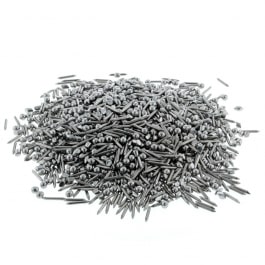







 About Jewelry Chain- About Ball Chain
About Jewelry Chain- About Ball Chain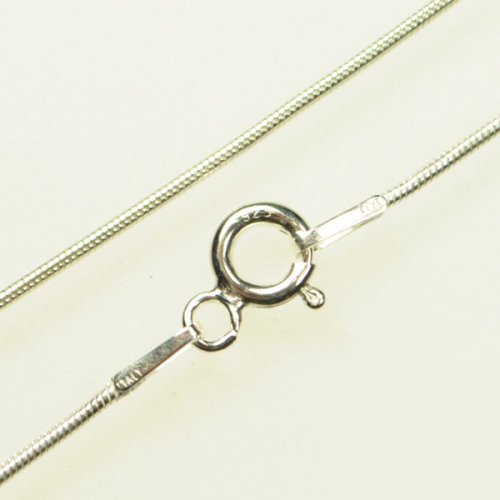 About Jewelry Chain- Snake Chain and Omega Chain
About Jewelry Chain- Snake Chain and Omega Chain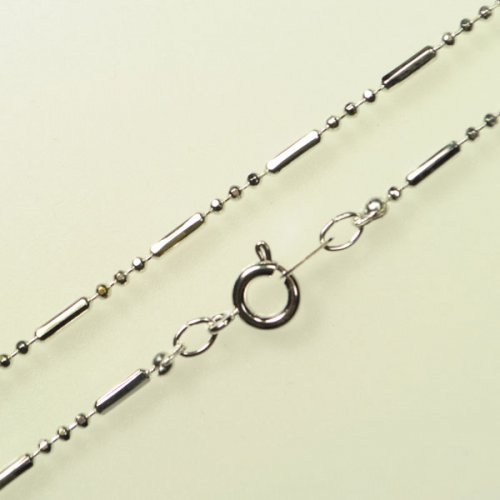 About Jewelry Chain- Bar Chain and Peanut Chain
About Jewelry Chain- Bar Chain and Peanut Chain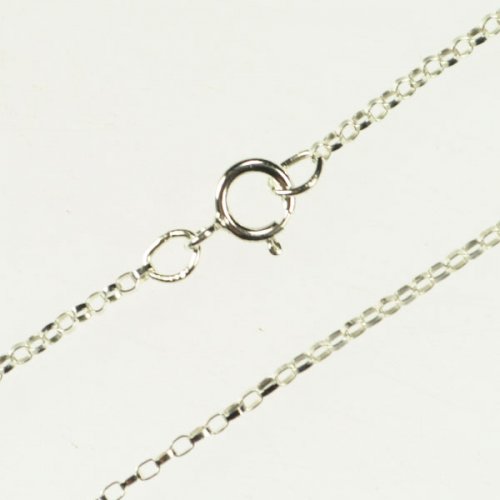 About Jewelry Chain - Cable Chain and Rolo Chain
About Jewelry Chain - Cable Chain and Rolo Chain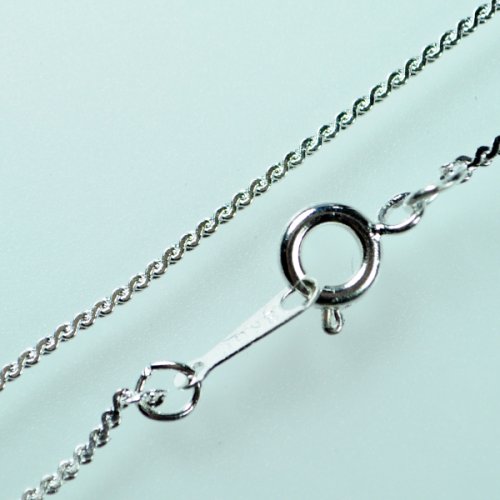 About Jewelry Chain- Curb Chain and Gourmette Chain
About Jewelry Chain- Curb Chain and Gourmette Chain About Jewelry Chain- Figaro Chain
About Jewelry Chain- Figaro Chain About Jewelry Chain- Infinity Chain and Anchor Chain
About Jewelry Chain- Infinity Chain and Anchor Chain About Jewelry Chain- Chain Reference Sheet
About Jewelry Chain- Chain Reference Sheet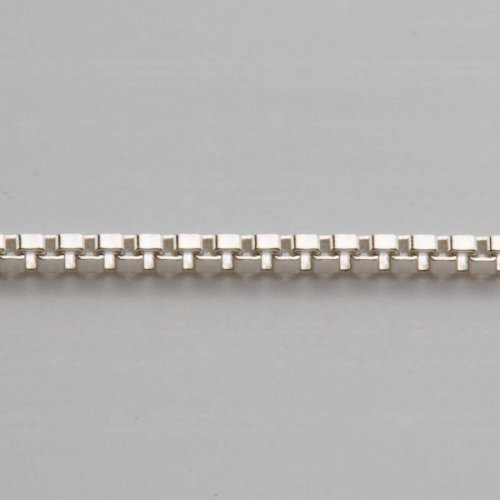 About Jewelry Chain- Venetian Chain and Box Chain
About Jewelry Chain- Venetian Chain and Box Chain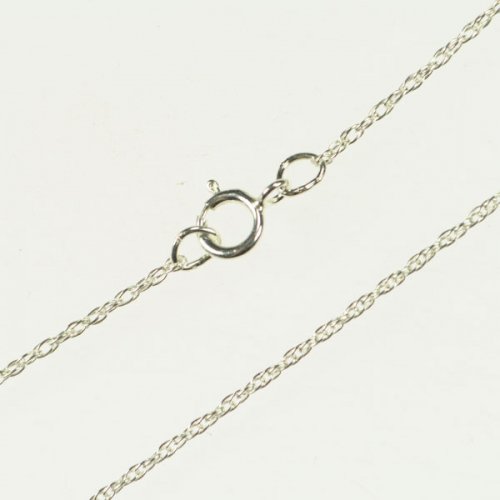 About Jewelry Chain- Wheat Chain and Rope Chain
About Jewelry Chain- Wheat Chain and Rope Chain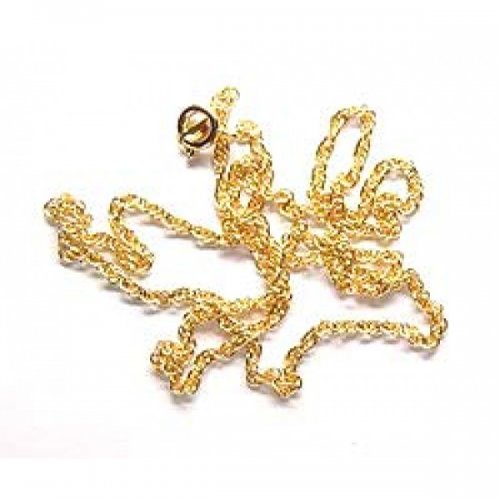 Introduction to Chain
Introduction to Chain Access More Money by Making Jewelry When Your Prices Are Right
Access More Money by Making Jewelry When Your Prices Are Right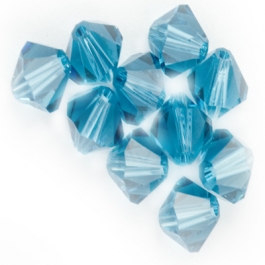 An Introduction to Beads and Beading
An Introduction to Beads and Beading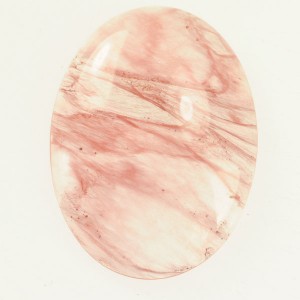 Common Gemstone Misconceptions
Common Gemstone Misconceptions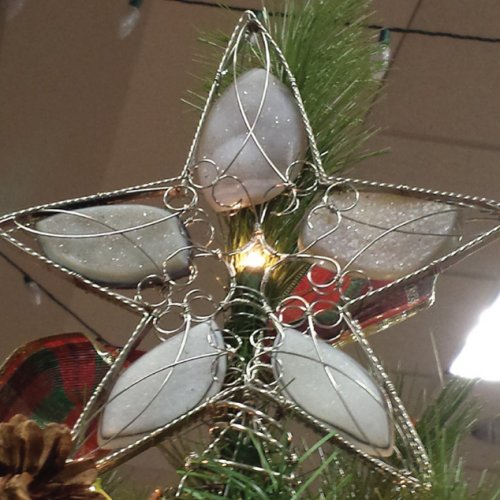 Wire Wrapped Christmas Tree
Wire Wrapped Christmas Tree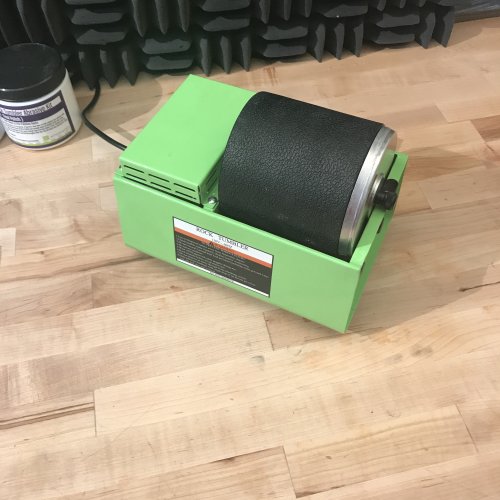 How To Polish Metal Jewelry using a Rotary Tumbler
How To Polish Metal Jewelry using a Rotary Tumbler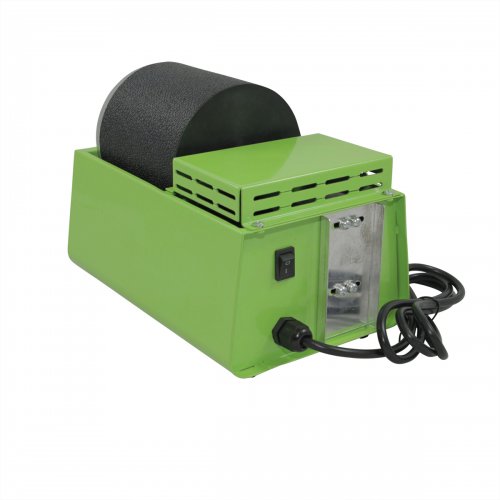 How To Polish Your Own Rocks using a Rotary Rock Tumbler
How To Polish Your Own Rocks using a Rotary Rock Tumbler How to Merchandise Your Jewelry on the Internet
How to Merchandise Your Jewelry on the Internet How to Use Twitter as a Wire Jewelry Artist
How to Use Twitter as a Wire Jewelry Artist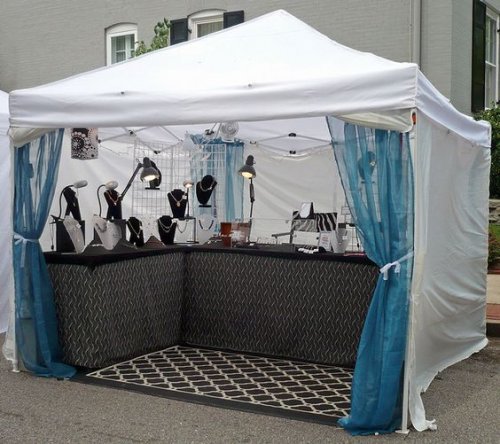 20 Ideas to get your Jewelry Biz Busy
20 Ideas to get your Jewelry Biz Busy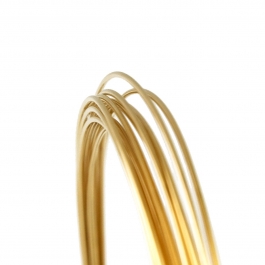 Watching the Precious Metals Market
Watching the Precious Metals Market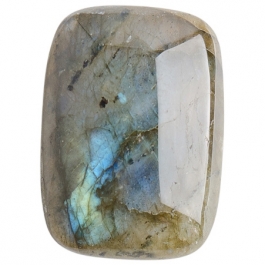 Jewelry Design Ideas - Get Inspired
Jewelry Design Ideas - Get Inspired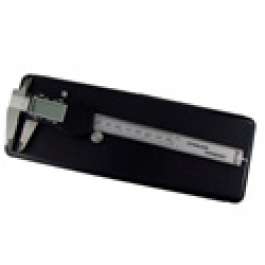 Measuring Tools
Measuring Tools July Birthstone - The Ruby
July Birthstone - The Ruby February Birthstone- Amethyst
February Birthstone- Amethyst March Birthstone - Aquamarine and Bloodstone
March Birthstone - Aquamarine and Bloodstone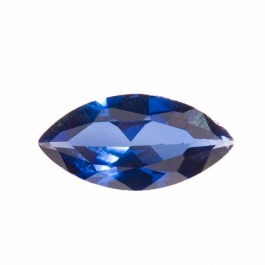 September Birthstone - Sapphire
September Birthstone - Sapphire November Birthstones - Topaz and Citrine
November Birthstones - Topaz and Citrine October Birthstones - Rose Zircon, Pink Tourmaline and Opal
October Birthstones - Rose Zircon, Pink Tourmaline and Opal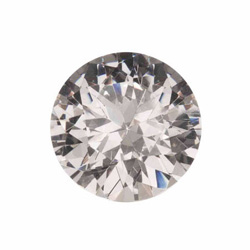 April Birthstone - The Diamond
April Birthstone - The Diamond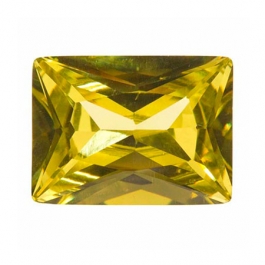 August Birthstone - Peridot and Sardonyx
August Birthstone - Peridot and Sardonyx June Birthstones - Alexandrite, Pearl and Moonstone
June Birthstones - Alexandrite, Pearl and Moonstone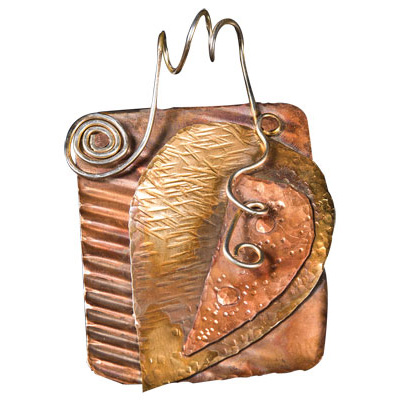 Metalsmithing
Metalsmithing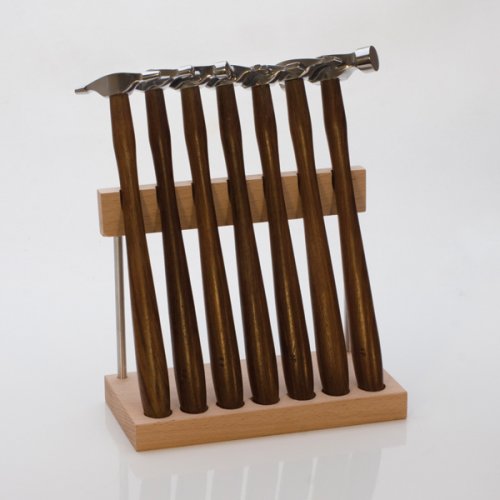 Featured Tool - Mini TruStrike Hammers
Featured Tool - Mini TruStrike Hammers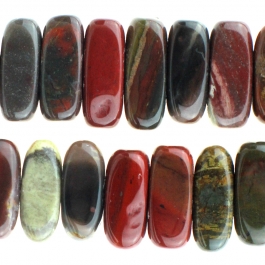 Natural Jasper Stones - Cabochon Gemstones
Natural Jasper Stones - Cabochon Gemstones Organize Your Jewelry Box
Organize Your Jewelry Box Pearls- It's a Cultural Thing
Pearls- It's a Cultural Thing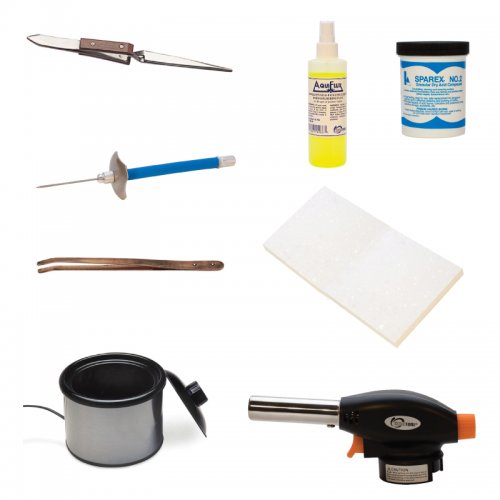 Soldering 101
Soldering 101 Starting Your Own Home Jewelry Business
Starting Your Own Home Jewelry Business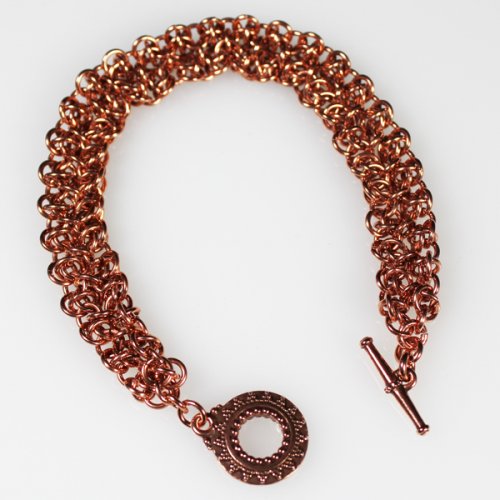 The Art of Creating Chainmail
The Art of Creating Chainmail Why Should I Be Using Facebook
Why Should I Be Using Facebook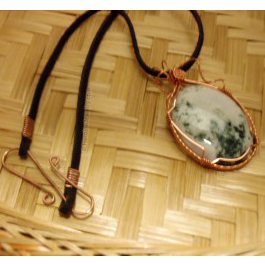 Make Handmade Neck Cords on a Dime
Make Handmade Neck Cords on a Dime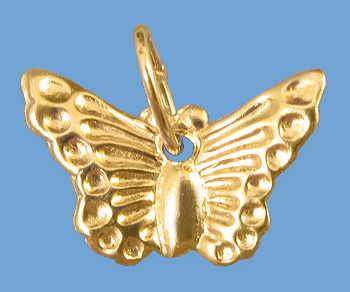 Tagging Handmade Jewelry Gifts
Tagging Handmade Jewelry Gifts Share Your Expertise with Your Community
Share Your Expertise with Your Community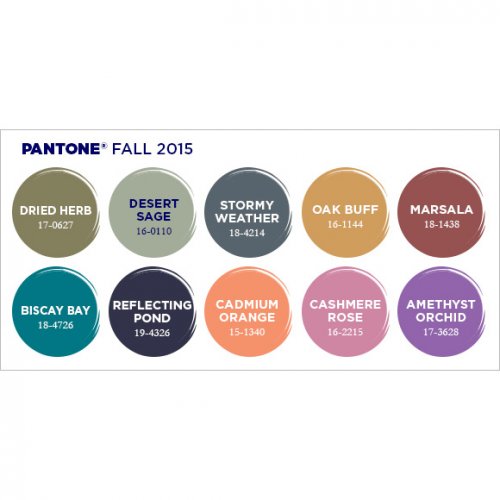 Creating Color Schemes for Jewelry Making
Creating Color Schemes for Jewelry Making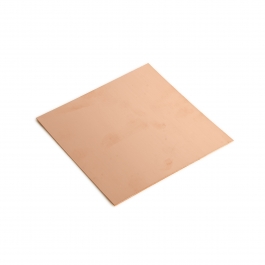 Bronze, Brass, Nickel Silver and Copper Base Metals
Bronze, Brass, Nickel Silver and Copper Base Metals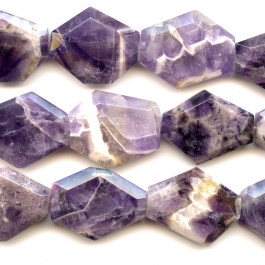 Gemstone Treatments
Gemstone Treatments How Wire is Made
How Wire is Made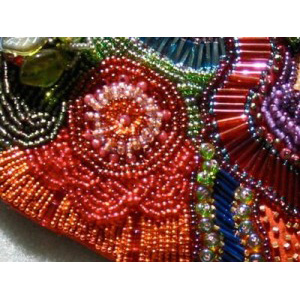 Beading A-B-C's
Beading A-B-C's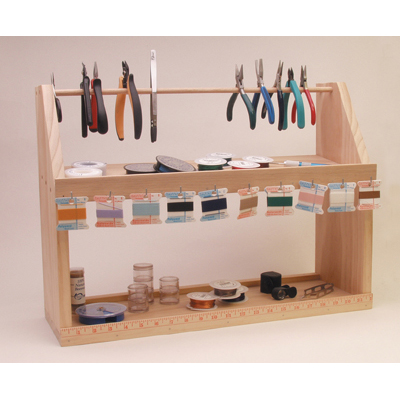 How to Set Up Your Workspace
How to Set Up Your Workspace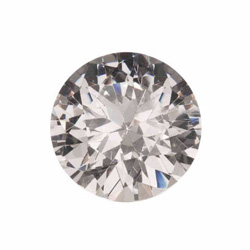 Gem Profile- Diamond
Gem Profile- Diamond Gem Profile- Peridot
Gem Profile- Peridot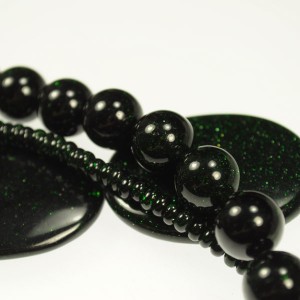 Gem Profile- Goldstone
Gem Profile- Goldstone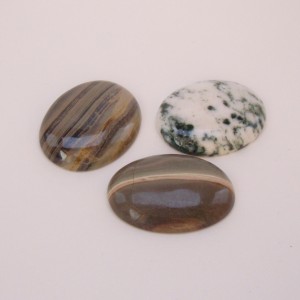 Gem Profile- Cryptocrystalline Quartz Introduction
Gem Profile- Cryptocrystalline Quartz Introduction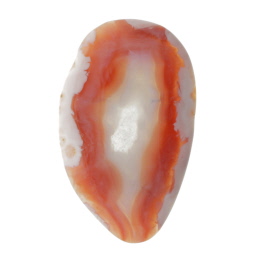 Gem Profile- Banded Agate and Brecciated Agate
Gem Profile- Banded Agate and Brecciated Agate Gem Profile- Emerald
Gem Profile- Emerald Gem Profile- Titanite or Sphene
Gem Profile- Titanite or Sphene Gem Profile- Morganite
Gem Profile- Morganite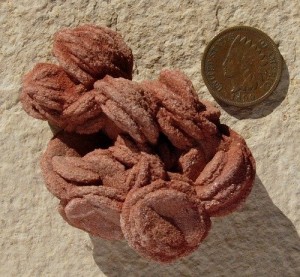 Gem Profile- Desert Rose
Gem Profile- Desert Rose Gem Profile- Iolite
Gem Profile- Iolite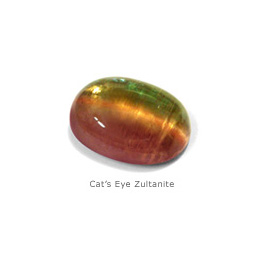 Gem Profile- Zultanite
Gem Profile- Zultanite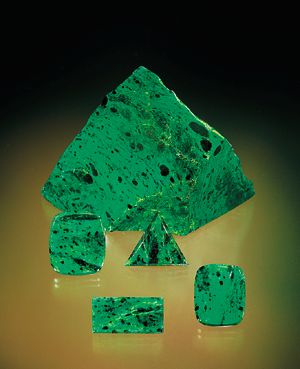 Gem Profile- Maw Sit Sit
Gem Profile- Maw Sit Sit Gem Profile- Tanzanite
Gem Profile- Tanzanite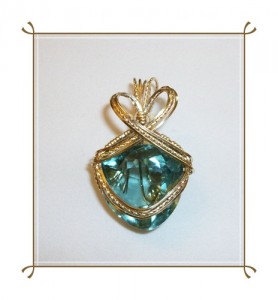 Gem Profile- Aquamarine
Gem Profile- Aquamarine Gem Profile- Turquoise
Gem Profile- Turquoise Gem Profile- Turquoise Types
Gem Profile- Turquoise Types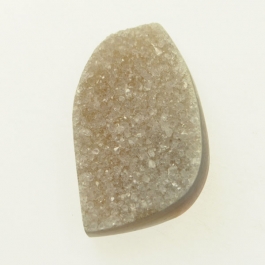 Gem Profile- What's Druze
Gem Profile- What's Druze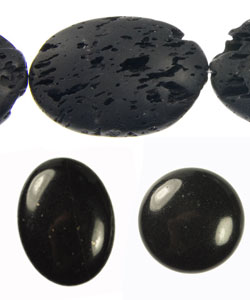 Gem Profile- Basalt
Gem Profile- Basalt Gem Profile- Variscite
Gem Profile- Variscite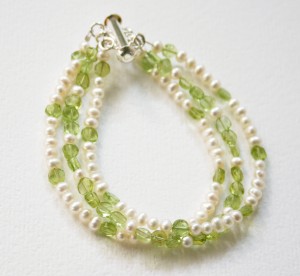 Gem Profile- Pearls
Gem Profile- Pearls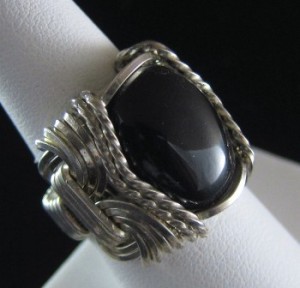 Gem Profile- Onyx
Gem Profile- Onyx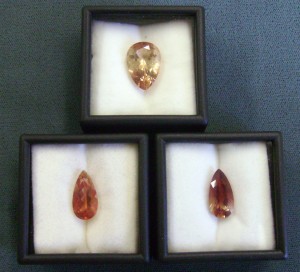 Gem Profile- Sunstone
Gem Profile- Sunstone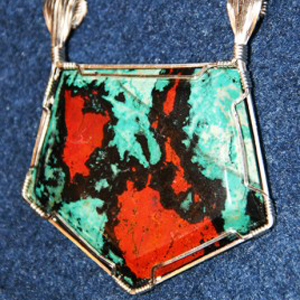 Gem Profile- Sonora Sunrise
Gem Profile- Sonora Sunrise Gem Profile- Rhodonite
Gem Profile- Rhodonite Gem Profile- Glass, Crystal and Quartz
Gem Profile- Glass, Crystal and Quartz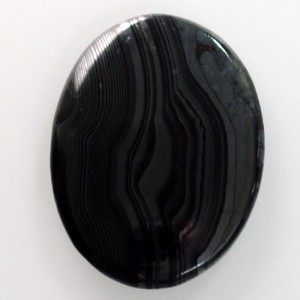 Gem Profile- Psilomelane
Gem Profile- Psilomelane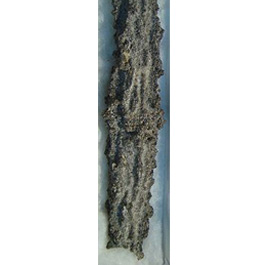 Gem Profile- Fulgurite
Gem Profile- Fulgurite Gem Profile- Cat's Eye
Gem Profile- Cat's Eye Gem Profile- Carnelian
Gem Profile- Carnelian Gem Profile- Petoskey Stones and Indonesian Fossil Coral
Gem Profile- Petoskey Stones and Indonesian Fossil Coral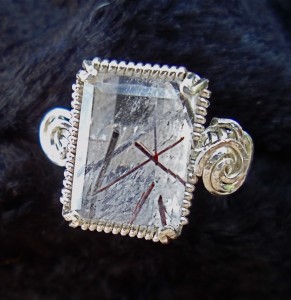 Gem Profile- Rutilated Quartz
Gem Profile- Rutilated Quartz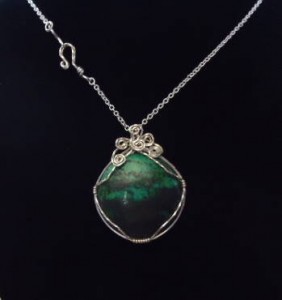 Gem Profile- Chrysocolla
Gem Profile- Chrysocolla Gem Profile- Jet
Gem Profile- Jet Gem Profile- Chrysoprase
Gem Profile- Chrysoprase Gem Profile- Rhyolite
Gem Profile- Rhyolite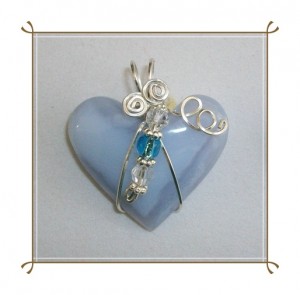 Gem Profile- Chalcedony
Gem Profile- Chalcedony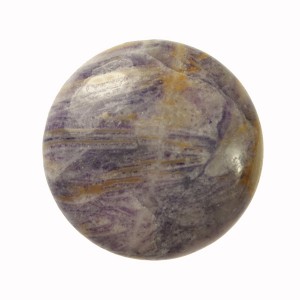 Gem Profile- Lepidolite and Sugilite
Gem Profile- Lepidolite and Sugilite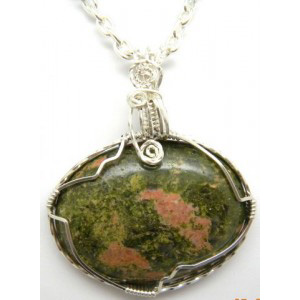 Gem Profile- Unakite
Gem Profile- Unakite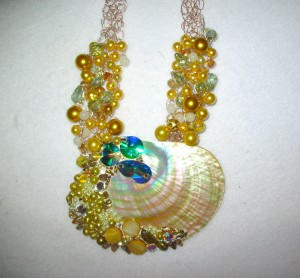 Gem Profile- Cowrie Shells, Conch Shells, and Drilling Shells
Gem Profile- Cowrie Shells, Conch Shells, and Drilling Shells Gem Profile- Mother of Pearl
Gem Profile- Mother of Pearl Gem Profile- Moss Agate and Plume Agate
Gem Profile- Moss Agate and Plume Agate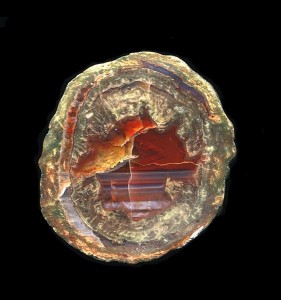 Gem Profile- Thundereggs and Mexican Lace Agate
Gem Profile- Thundereggs and Mexican Lace Agate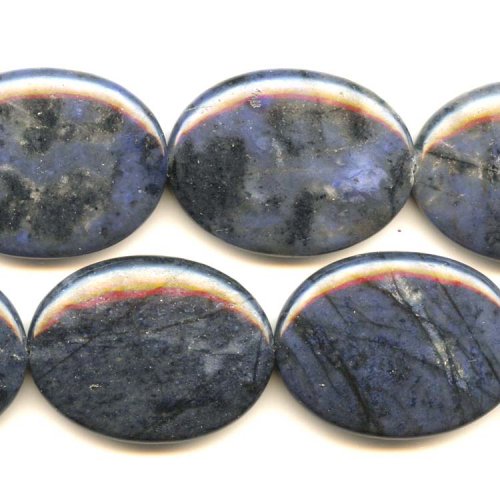 Gem Profile- Dumortierite
Gem Profile- Dumortierite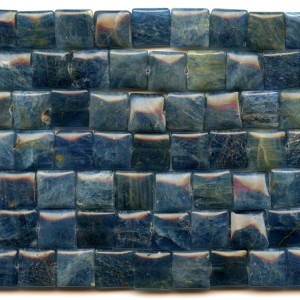 Gem Profile- Apatite
Gem Profile- Apatite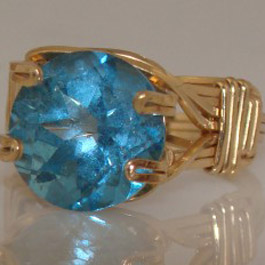 Gem Profile- Blue Topaz
Gem Profile- Blue Topaz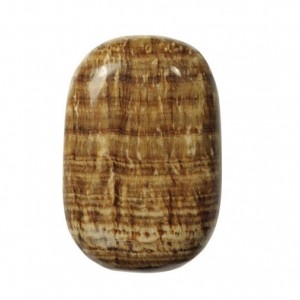 Gem Profile- Aragonite
Gem Profile- Aragonite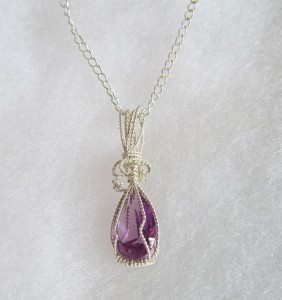 Gem Profile- Zircon and Cubic Zirconia
Gem Profile- Zircon and Cubic Zirconia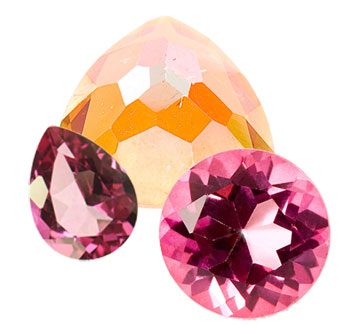 Gem Profile- Topaz
Gem Profile- Topaz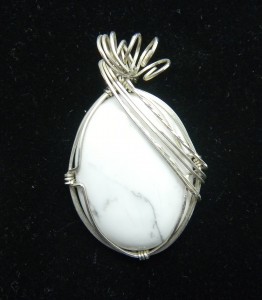 Gem Profile- Howlite
Gem Profile- Howlite Gem Profile- Sodalite
Gem Profile- Sodalite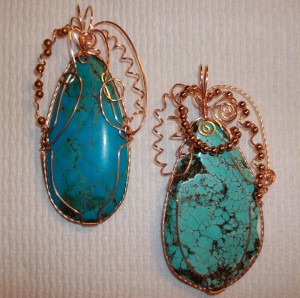 Gem Profile- Magnesite
Gem Profile- Magnesite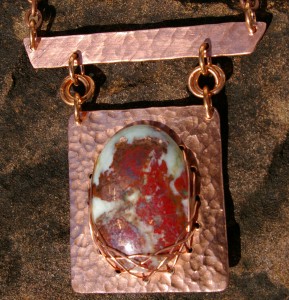 Gem Profile- Cuprite
Gem Profile- Cuprite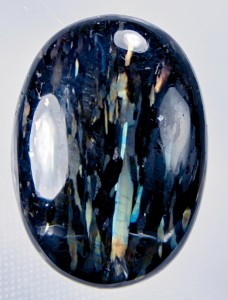 Gem Profile- Nuummite
Gem Profile- Nuummite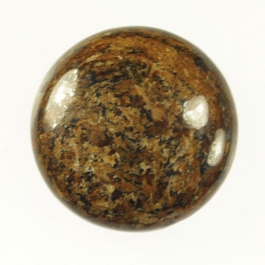 Gem Profile- Bronzite
Gem Profile- Bronzite Gem Profile- Kyanite
Gem Profile- Kyanite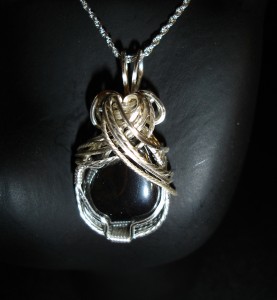 Gem Profile- Hematite
Gem Profile- Hematite Gem Profile- Derbyshire Blue John
Gem Profile- Derbyshire Blue John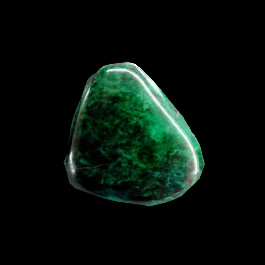 Gem Profile- Eilat Stone
Gem Profile- Eilat Stone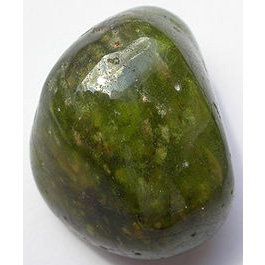 Gem Profile- Vesuvianite
Gem Profile- Vesuvianite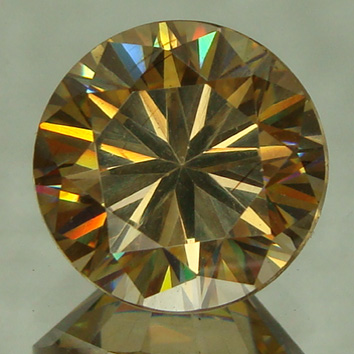 Gem Profile- Strontium Titanate -Fabulite
Gem Profile- Strontium Titanate -Fabulite Gem Profile- Tourmaline
Gem Profile- Tourmaline Gem Profile- Larimar
Gem Profile- Larimar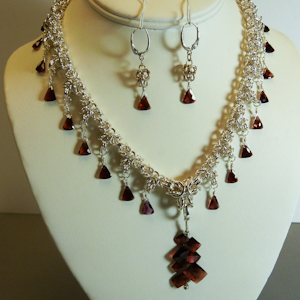 Gem Profile- Garnet
Gem Profile- Garnet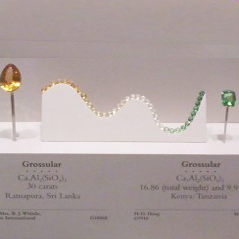 Gem Profile- Tsavorite and Green Garnets
Gem Profile- Tsavorite and Green Garnets Gem Profile- Seraphinite
Gem Profile- Seraphinite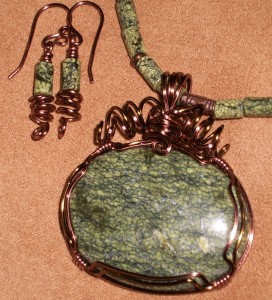 Gem Profile- Serpentine
Gem Profile- Serpentine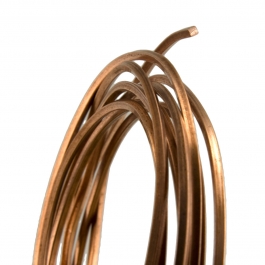 American Wire Gauge
American Wire Gauge Viking Knit and Spool Knit Chain
Viking Knit and Spool Knit Chain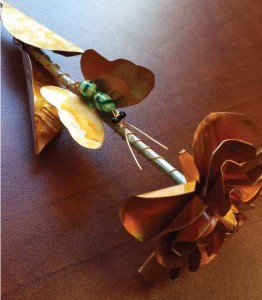 Copper Roses
Copper Roses How to Make Medical ID Bracelets Special
How to Make Medical ID Bracelets Special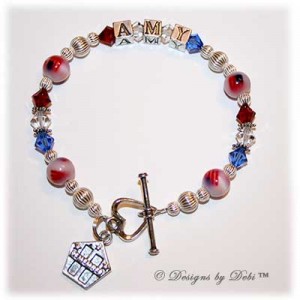 Remembering the Fallen
Remembering the Fallen 6 Ways to Find Your Uniqueness in Jewelry
6 Ways to Find Your Uniqueness in Jewelry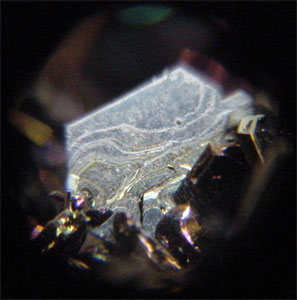 Gem Profile- Moissanite
Gem Profile- Moissanite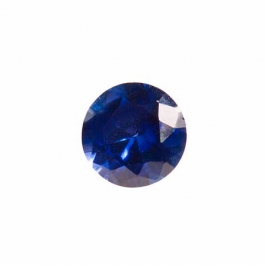 Birthstone Swarovski Colors
Birthstone Swarovski Colors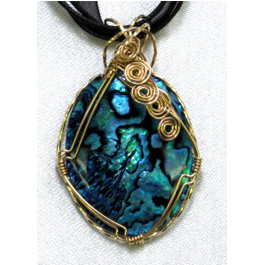 Gem profile- Paua and Abalone
Gem profile- Paua and Abalone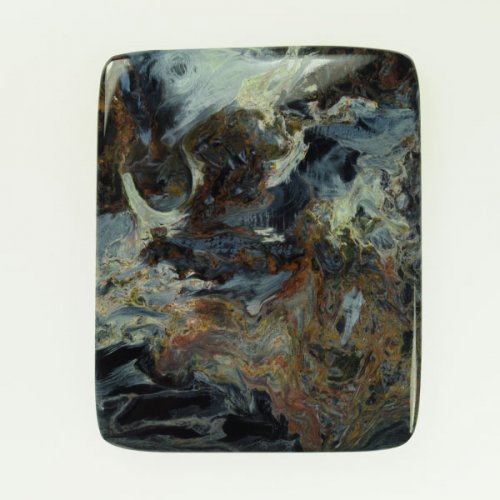 Tips for Tucson Shopping- Gem Show Secrets
Tips for Tucson Shopping- Gem Show Secrets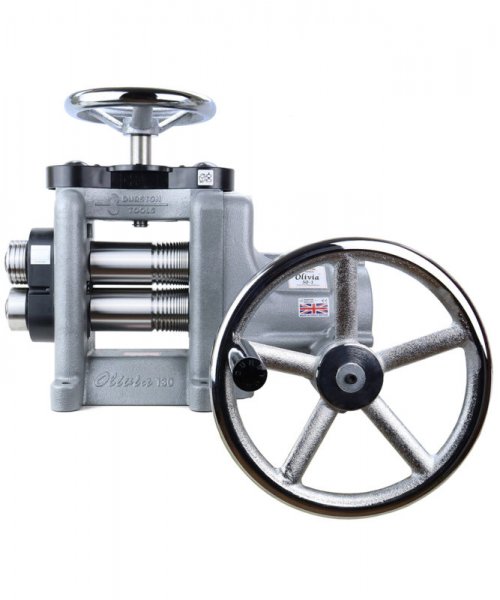 Durston Olivia Rolling Mills
Durston Olivia Rolling Mills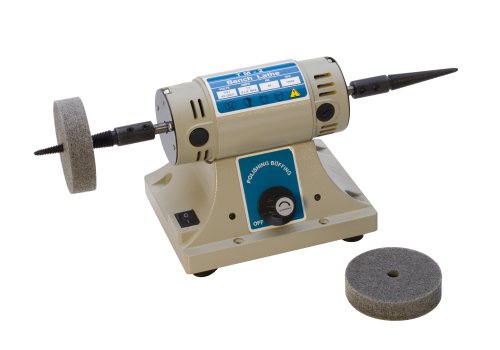 How to Use a Jewelry Bench Polisher Effectively
How to Use a Jewelry Bench Polisher Effectively 
